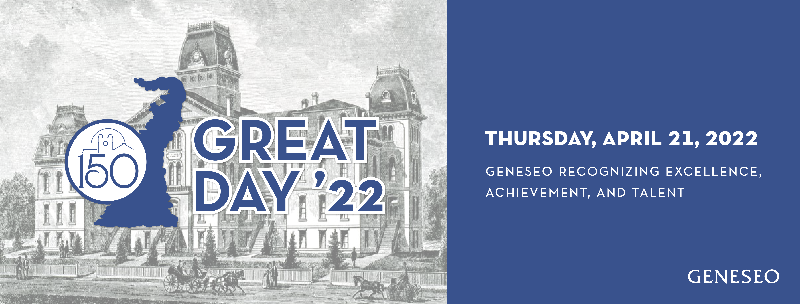
Submission Type
Poster
Start Date
4-21-2022
Abstract
Letchworth State Park (LSP) in western New York State is famous for its picturesque gorge along the Genesee River. However, due to its topography the park experiences patchy cellular service across its 58.4 square-kilometer area. This project modeled cellular service coverage throughout LSP to better understand its relative strength and spatial coverage. Viewshed analysis in ArcGIS Pro software was used with gridded elevation data and the locations of cellular towers to create a model that estimated how many cellular towers were within line-of-sight at each location throughout the park. Previous studies have suggested that viewshed analysis is a viable method for modeling the strength of cellular networks, as it can model the presence of a line-of-sight from an observer to a receiver. The model predicted that roughly 65% of the park has no service, which includes areas encompassing many of the park’s most popular locations. Generally speaking, the northern portion possesses the best cellular service while the inner canyon possesses no service. The information on cell phone coverage from this study is valuable for both park management and park goers, as phone service is potentially important for emergency management when considering the popularity of some of the park’s remote but visited locations.
Recommended Citation
Hogan, Marcie, "234 -- Modeling cellular reception throughout Letchworth State Park, New York State" (2022). GREAT Day Posters. 81.
https://knightscholar.geneseo.edu/great-day-symposium/great-day-2022/posters-2022/81
234 -- Modeling cellular reception throughout Letchworth State Park, New York State
Letchworth State Park (LSP) in western New York State is famous for its picturesque gorge along the Genesee River. However, due to its topography the park experiences patchy cellular service across its 58.4 square-kilometer area. This project modeled cellular service coverage throughout LSP to better understand its relative strength and spatial coverage. Viewshed analysis in ArcGIS Pro software was used with gridded elevation data and the locations of cellular towers to create a model that estimated how many cellular towers were within line-of-sight at each location throughout the park. Previous studies have suggested that viewshed analysis is a viable method for modeling the strength of cellular networks, as it can model the presence of a line-of-sight from an observer to a receiver. The model predicted that roughly 65% of the park has no service, which includes areas encompassing many of the park’s most popular locations. Generally speaking, the northern portion possesses the best cellular service while the inner canyon possesses no service. The information on cell phone coverage from this study is valuable for both park management and park goers, as phone service is potentially important for emergency management when considering the popularity of some of the park’s remote but visited locations.


Comments
Sponsored by Steven Tulowiecki